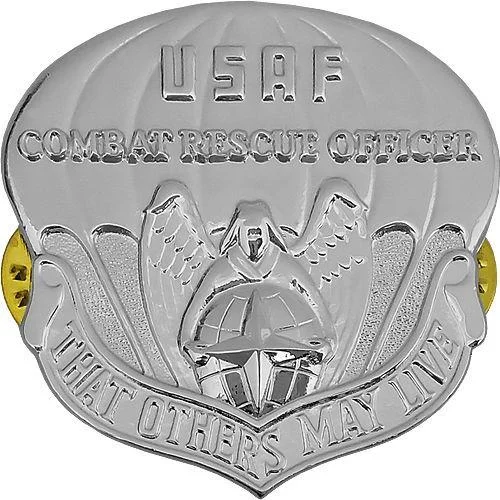CRO OR COMBAT RESCUE OFFICER
The information below was obtained directly from the Assistant Director of Operations for CRO Phase 2
What is a CRO?
CROs are the officers that lead PJs/SERE.
How are CROs different THAN PJS operationally? CRO VS PJ
They are expected to become the PR SME (Personnel Recovery Subject Matter Expert) that can work confidently in a joint environment and understand/interpret PR doctrine. Sure, they'll train, most likely on a JORT (Joint Operational Readiness Training) cycle as a TC (Team Commander) and deploy a few times. They are expected to advocate for their team by ensuring they are trained, equipped and mentally/physically prepared for the rigors of the job. Depending on the situation, they'll be the lead planner for a team (along with SERE guy/TL). Everyone always talks about the PJTL being down and in and the CRO being up and out. Both will have the exact comm capabilities but their jobs are different. TL (PJ Team Leader) controls the chaos while the CRO keeps "mom" and aircraft informed on the evolving situation on the ground.
What do successful CRO candidates look like at Phase 2?
Whole airman concept (there's even a BA sponsorship program that allows us to assess civilians). I've seen both ends of the spectrum. I've seen guys that have been physical studs and crushed the entire week, but they had bad attitudes or a personality that wouldn't fit well so they were not selected. I've also seen guys that weren't too physically strong, but showed the "never quit" mentality and blow the board away during their actual interview so we saw potential and thought they were trainable, therefore selected them.
How is the pipeline different for a CRO?
CROs do not participate in the paramedic course, so depending on whether or not you pass every school (indoc, dive, etc..) the first time, the starts align with class dates, you could realistically complete the pipeline in less than 1.5 yrs. Phase 2 (intended to prep you to almost grad standards so you can lead as many enlisted members through Indoc), Indoc, Dive, Airborne, Freefall, SERE, Water Survival, Underwater Egress, CRO SERE Fundamentals course (21 days), then Kirtland. All CRO candidates PCS to Kirtland now and are on student OIC/casual status with a focus on leadership development/strength and conditioning.
CRO PAST
CRO PAST is very similar to the AFSOC PAST. They factor in points for a candidate rack and stack, but unlike the AFSOC PAST, it's black and white, you either make the minimums or you don't. You have to submit a PT score sheet signed by the administrator as part of your phase 2 package. You'll complete max effort calisthenics that include 1 min pull-ups (min passing is 11/max 16), 2 min of real sit-ups w/ fingers interlocked behind your head (75 reps min passing), and 2 min of push-ups (65 rep minimum passing). You'll then have a short break before completing a 3 mi run (max time of 24, you can max points with sub 20), finally you'll head to the pool and complete 2x 25m underwater swims followed by a 1500m surface swim in less than 34 min (sub 26 for max points). You can use any stroke you want except back stroke and you are not allowed to kick flip (fins can be used).
Where can I find out more info about becoming a CRO?
Please remember to do your due diligence prior to contacting and be respectful, you don't want to make a bad impression. For official inquiries contact: cro.selection@us.af.mil
Download the CRO Assessment Program below to see information about eligibility, the assessment process, application instructions, and PFT.
CRO ASSESSMENT PROGRAM DOWNLOAD



